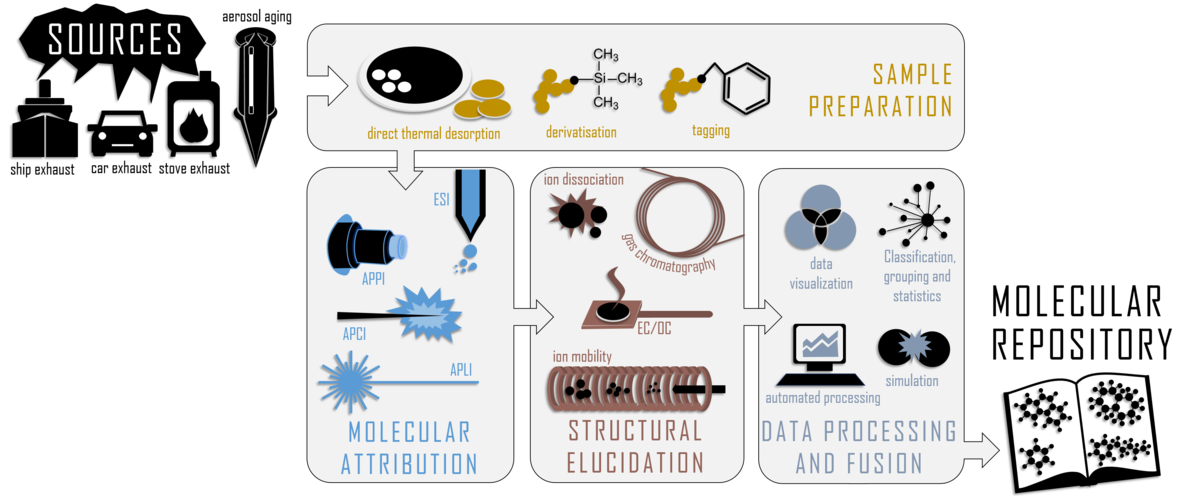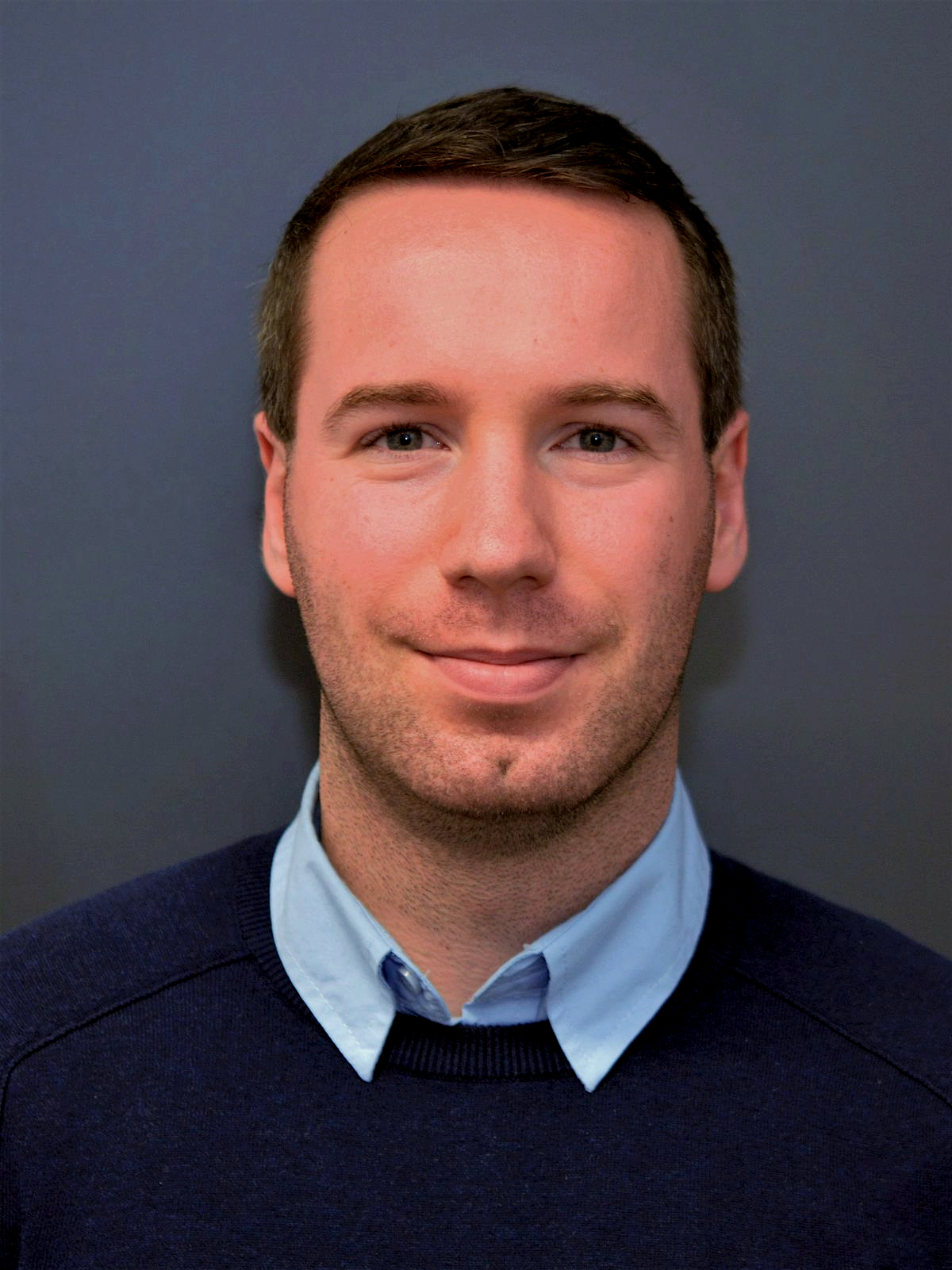Thermal analysis and ion mobility coupled to high-resolution mass spectrometry for organic aerosol characterization
Motivation
The major impact on humankind and the molecular complexity of organic aerosols motivates the development of novel analytical instrumentation approaches. Recently, high-resolution mass spectrometry (HRMS) and ion mobility spectrometric (IMS) platforms have shown great potential. HRMS allows unraveling high-complex organic mixtures and attributing elemental compositions, whereas IMS directly gives access to structural information.
Aim of the project
In this three-year corporate project between the University of Rostock and the University of Rouen-Normandy (France), novel evolved gas analysis (EGA) techniques coupled to state-of-the-art mass spectrometry (MS) platforms for the detailed chemical description of primary and secondary organic aerosols will be developed. Fourier-transform ion cyclotron resonance (FT-ICR) and high-resolution time-of-flight MS will allow for molecular-level insights. Three main EGA approaches will be utilized for hyphenation: Atmospheric solids analysis probe (ASAP/DIP), thermal-optical carbon analyzer (TOCA), and gas chromatography (GC). Ion mobility spectrometry (IMS) will serve as an additional separation technique for determining the size and shape of the evolved constituents. The project addresses the carbonaceous aerosol fraction of various primary aerosol sources, but also aged emissions. Specific parts of the chemical space can be selectively addressed by sample preparation strategies (derivatization, tagging) and ionization schemes.
Data fusion from the different approaches aims to reach three main achievements: 1) insights into the isomeric complexity of organic aerosols, 2) description of the chemical moieties at the molecular level, and 3) chemical comparison of primary emissions and those formed by chemical reactions (secondary, aged aerosols). Structural information is gained by combining GC retention time, selective ionization techniques (e.g., photoionization targeting aromatic species), fragmentation pattern (both thermal fragments by DIP and ASAP as well as by tandem mass spectrometry), and ion mobility response. Adapted data processing strategies will be developed, including the theoretical computation of collision cross-sections (CCS). A molecular repository for different types of aerosol sources, with a particular focus on shipping emissions, will be set up. This molecular library is foreseen to be suitable to link human health aspects.
Consortium
- University of Rostock, Institute of Chemistry, Chair of Analytical Chemistry
- University of Rouen-Normandy
Funded by the DFG and ANR
Project realization at University Rostock
Dr. Christopher Rüger
University of Rostock
Institute of Chemistry
Division of Analytical and Technical Chemistry
Department Life Light & Matter
Dr. Christopher Rüger
Albert-Einstein-Straße 25
18059 Rostock (Germany)
Tel.: +49 (0) 381 498 - 8990
E-Mail: christopher.rueger@uni-rostock.de
Silvia Vesga-Martínez
University of Rostock
Institute of Chemistry
Division of Analytical and Technical Chemistry
Silvia Vesga-Martínez
Albert-Einstein-Straße 27
18059 Rostock (Germany)
Tel.: +49 (0) 381 498 - 6534




